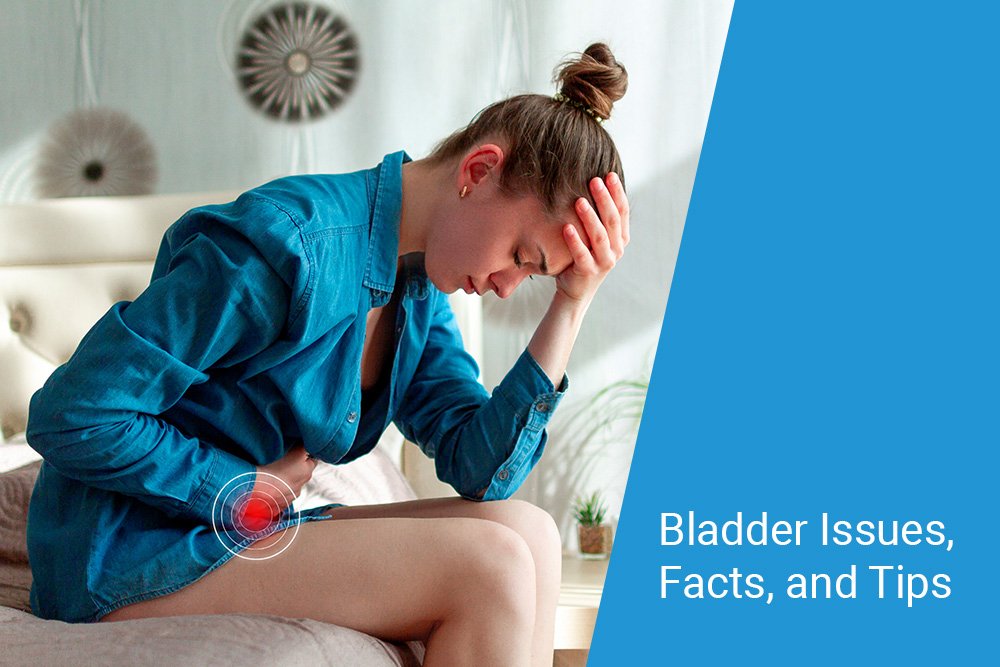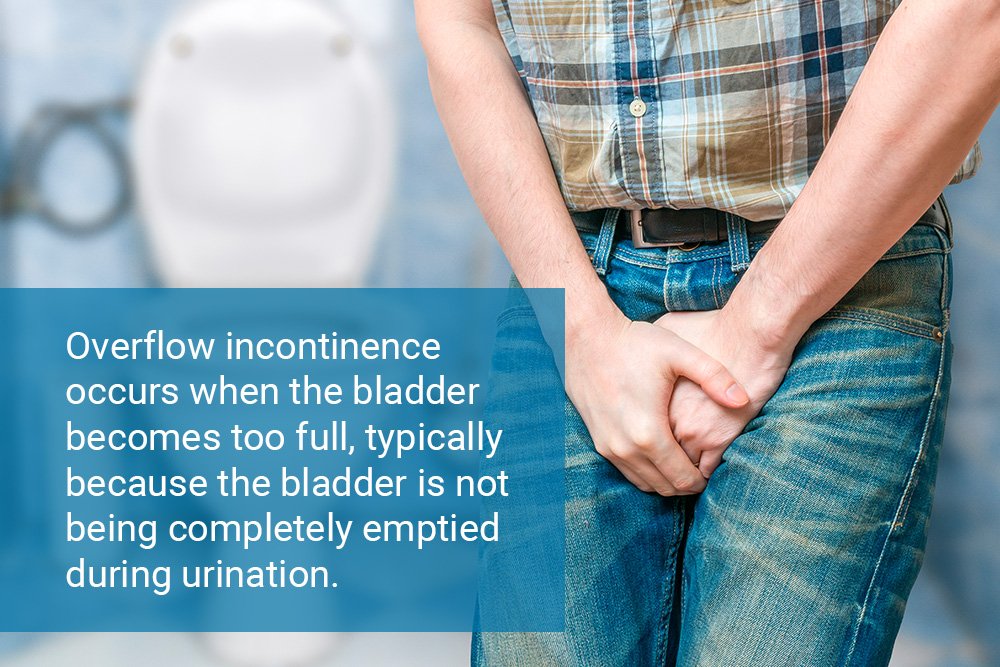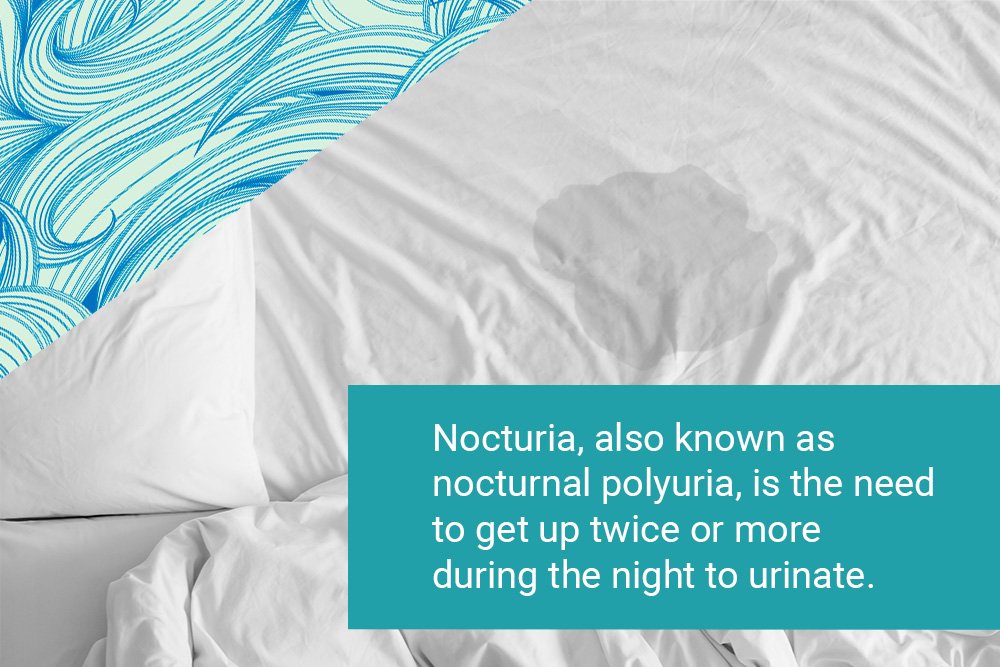
Even though millions of Americans struggle with bladder-related health conditions, bladder issues typically don’t get very much attention. The American Urological Association and Urology Care Foundation report that bladder issues are widespread and affect over 30 million men and women across the United States. One of the most common of these conditions is an overactive bladder, which causes people to urinate more often than what is considered normal. Other bladder issues include urinary incontinence (UI), bladder cancer, urinary tract infections, interstitial cystitis, bladder pain syndrome, and nocturia. November has been named National Bladder Health Awareness Month to educate the public about these issues better.
While bladder-related issues have been around for as long as the human race, urology wasn’t officially recognized as its own specialization until the early 1900s. Since its inception, urology has focused on medical diseases that affect the urinary-tract system and the reproductive organs, as well as the surgical procedures used to address these issues. Aside from the bladder, the affected organs can include the adrenal glands, kidneys, urethra, prostate, and testicles in men and the vagina and uterus in women.
The Interstitial Cystitis Association states that during National Bladder Health Awareness Month, educational efforts should be focused on empowering people with the facts about bladder health and connecting them with the needed services. Here is what you need to know about bladder issues and the treatment options:
Bladder Issues, Facts, and Tips
Urinary incontinence is the single most common bladder health issue worldwide. It is described as the loss of bladder control that can result in leaking just a few drops of urine to severe wetting, and it is estimated that over 200 million people around the world suffer from some type of UI.
Urinary incontinence is the result of the weakening of the group of pelvic floor muscles that support the bladder and other major organs in your pelvis. These muscles are part of the core muscles that perform various functions, including maintaining balance while sitting, standing, and walking. Multiple types of UI can have several causes, including constipation, diabetes, dementia, urinary tract infections, medications, prostate issues in men, pregnancy, childbirth, or menopause in women. The four main types of UI are:
• Stress incontinence, or SUI, is defined as urinary leaking during physical activity that increases pressure on the bladder. This includes, but may not be limited to, coughing, sneezing, and laughing as well as exercise. While the condition can also affect men, SUI is the most common type of incontinence in women and affects half of all women over 65. Tightening your pelvic floor muscles when you feel a cough or sneeze coming on can help prevent or reduce urine leakage.
• Urge incontinence is defined as having a sudden and uncontrollable urge to urinate, which may result in being unable to make it to the bathroom in time. Pelvic floor exercises, called Kegel contractions, can help temporarily postpone or reduce the urge to urinate and give you time to get to the restroom. Kegel exercises can also help to strengthen the pelvic muscles, and Emsella therapy has been shown to reduce urges.
• Overflow incontinence occurs when the bladder becomes too full, typically because the bladder is not being completely emptied during urination. Bending forward at the waist during urination while seated on the toilet helps to tilt the bladder enough to empty it more fully. Try not to wait more than two hours before urinating. Men should get a prostate checkup to rule out benign prostate enlargement and cancer.
• Functional incontinence occurs from some physical or mental impediment that prevents people from making it to the bathroom in time. Physical therapy may help address the issues by increasing mobility and strengthening the pelvic muscles.
Most types of UI can be helped by limiting the intake of certain substances, such as alcohol, caffeine, and carbonated beverages, that can increase the need to urinate. Instead, you should drink enough plain water throughout the day to keep your urine pale yellow—Sip water instead of drinking a larger amount at one time. Drinking too much water too quickly does not allow the cells in the body time to absorb the water, and it passes through your body faster and can lead to incontinence issues. One effective treatment option is Emsella pelvic floor therapy.
This revolutionary new treatment has shown real promise at addressing some forms of UI. This pelvic floor muscle therapy strengthens pelvic floor muscles by stimulating the region with harmless electromagnetic pulses that provide the equivalent of 12 hours of kegel exercises in less than 30 minutes. Other bladder-related health issues include:
• Bladder cancer typically starts in the lining of the bladder. According to the American Cancer Society, bladder cancer is the sixth-most common form of cancer in the U.S. However, bladder cancer is highly treatable when caught early.
• Interstitial cystitis, or IC, and or painful bladder syndrome, or PBS, are chronic conditions that cause the bladder walls to become inflamed and irritated. This causes discomfort or pain in the pelvic region and results in frequent urination. The condition is typically diagnosed after symptoms have been present for six weeks or longer. Causes are not fully understood but are thought to be related to other medical conditions that may include infections, allergies, vascular issues, autoimmune diseases, abnormal substances in the urine, and defects in the bladder lining. Women are affected by IC and PBS twice as often as men, and children can also be susceptible. Treatments range from dietary modification to surgery.
• Nocturia, also known as nocturnal polyuria, is the need to get up twice or more during the night to urinate. Nocturia affects roughly 30 percent of adults over 30 but can occur at any age. It is more common in men than women and is most frequently seen in older adults. Nocturia can be caused by a wide array of issues ranging from medical conditions to lifestyle choices and can also be just a normal part of the aging process.
Because the body typically produces smaller amounts of more concentrated urine during sleep, most people sleep through the night without having to urinate. However, because people’s legs tend to retain more water as they age and then drain when they lie down, nocturia can be a normal part of aging. Nocturnal polyuria can also indicate serious medical conditions such as cancer, bladder or kidney infection, bladder prolapse, diabetes, a neurological disorder, or just simple anxiety.
Talk to your healthcare provider if you are experiencing bladder symptoms to see which treatment options may benefit you most. Be sure to ask if Emsella therapy may be right for you. If you are in the Jacksonville, Florida, area, Be Still Float wellness studio in Jacksonville offers Emsella treatment for urinary incontinence and a host of other wellness treatments, including float therapy, infrared sauna, and sound healing. Visit them online at BeStillFloat.com or call them at 904-593-2458 to schedule an appointment.
















